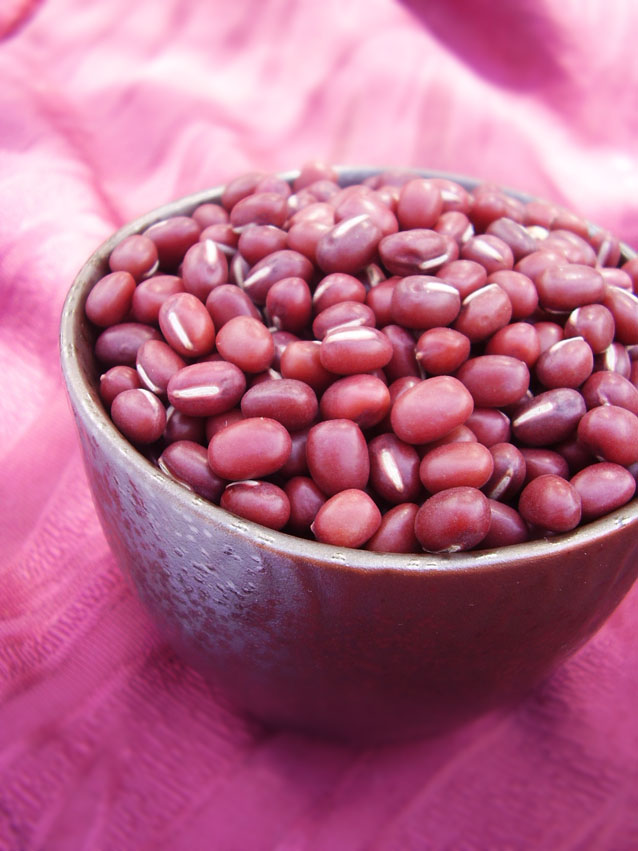find me in Facebook!
Tuesday, November 9, 2010
Red Bean
In China, the corresponding name (Chinese: 小豆; pinyin: xiǎodòu) is still used in botanical or agricultural parlance. However in everyday Chinese, the more common terms are hongdou (紅豆; hóngdòu) and chidou (赤豆; chìdòu), both meaning "red bean", because almost all Chinese cultivars are uniformly red. In English-language discussions of Chinese topics, the term "red bean" is often used (especially in reference to red bean paste), but in other contexts this usage can cause confusion with other beans that are also red. In normal contexts, "red cowpeas" have been used to refer to this bean.
Red Beans have significant amounts of fiber and soluble fiber, with one cup of cooked beans providing between nine to thirteen grams of fiber. Beans are also high in protein, complex carbohydrates and iron.
Chenpi is sun-dried tangerine (mandarin) peel used as a traditional seasoning in Chinese cooking and traditional medicine. They are aged by storing them dry. They have a pungent and bitter taste.
Some “tong sui” desserts such as red bean soup will use this occasionally.
Ingredients
300g Red beans | 1 Dried tangerine peel | 6 blades pandan leaves (knotted) |
2,500ml Water | 200g Sugar |
Method
Rinse the red beans and soak in water for at least 4 hours or overnight.
Drain the Red Bean and bring a pot with 2,500ml of water to a boil, add in the red beans and tangerine peel, Simmer with lowest heat for about 1 1/2 hour.
Once the beans are tender, add the sugar and Stir until dissolved. Serve hot.
Subscribe to:
Post Comments (Atom)




Your photography skills is superb! The red bean dessert looks tantalizing.
ReplyDeleteThanks Jason:)
ReplyDelete